2024-12-17 06:01:49|Myriagame |source:minecraft skins

This page will explain the anvil mechanics.Ivillery is mainly used to repair tools, armor and weapons, while retaining enchantment.The Ivillery is also used to merge the spells of two items, named the items, and even use it to kill the creatures under the iron avil.In addition to smashing all the functions of the Ivillery, Iron Avil requires the level of experience, and some also need to consume raw materials.
Iville has five basic functions:
Rename any items, including ordinary squares.Note that after the square is placed, it will lose its name, but the interactive block name of the workbench or box will be displayed in the upper left corner of the UI interface.Use its synthetic raw materials to repair damaged items.For example, you can use iron ingots to repair iron tools and armor.The default name of repairing items shall have a prefix corresponding to the material corresponding to the repair material; the exception is to repair chain armor and fantasy wing membrane to repair the spleen.The two the same types and materials are merged, and they have durability mechanisms, such as pickup, bow, scissors, etc.The durability merger is similar to the merger of the workbench, and the curse on the items follows the rules described later.Combining the tool with enchantment books to transfer the curse to the tool.Compared to the spells on the merged two similar items, it cost less to use enchantment books and allow items to obtain a curse that cannot be obtained on the attachment platform.Any player or creature who hurts or stands under the iron anvil, the higher the initial position, the higher the damage.
The renamed items are carried out in the same step of repairing or merging items, as long as the experience is not too high.In the survival mode, the iron anvil can only perform a maximum of 39 experience levels.If you want to consume level 40 or more experience levels, the anvil will prompt "too expensive!" And refuse to operate.There is no such limit in the creative mode.
Cumulative punishment
Whether it is renamed, restoration, or merging operation, its experience will increase due to the previous operations of its items on the anvil. These additional costs are called "cumulative punishment".For an item that has never been put on an anvil, the accumulation of punishment is 0.
Each item is operated on the anvil (excluding the renamed), and its accumulated punishment will take 2 and then 1.In this way, the accumulated punishment after the operation of an item is 2N-1. 6 operations, and the accumulated punishment is level 63. At this time, the survival mode cannot be further repaired and enchanting.After 31 operations, the punishment level is 2147483647 (the maximum value of the computer conventional integer). At this time, it cannot be operated in any mode.
When two items are merged, players will be punished by two items at the same time.The accumulated punishment of the merged items is calculated based on the higher of the previous two items.For example, the two cumulative punishments of mergers are level 3 and 15, respectively, with additional 18 levels of punishment experience, and the merged items punishment is level 31 (15 × 2+1).
Cumulative punishment will even act on items that are not worn, such as enchanting books.Therefore, the enchantment book of 4 Time Times I will get a time -to -transport III enchantment book with accumulated punishment 3.
| Cumulative number of operations | Punishment | 0 | 0 | 2 | 3 | 3 | 15 | 5 | 31 |
|---|
The repair operation of the items performed using the synthetic square will remove all cumulative punishments, but it will also lose all the curse (except the curse curse).
Rename
Renamed will always only spend level 1 experience level, which is superimposed with cumulative punishment.Ranked will not increase cumulative punishment.
If you only renamed items and do not repair and enchantment, the maximum level will be maintained at level 39, even if the punishment is more than 39.However, once the accumulated punishment reaches or exceeds 2147483647, it will no longer be renamed.
The stacking items can be renamed by group, and only spend 1 level of experience.Note that the renamed items cannot be stacked in a group with ordinary items, and most of the names that have been renamed will lose its name after being placed.Raw material repair
Some damaged items can be fixed with specific raw materials.At this time, each raw material is used to restore 25%of the total durability, and spend 1 level of experience level. Finally, the additional cost brought by the accumulated punishment is the total experience level of this repair consumption.
The raw materials required for repairing different types of items are specific. See the table below for details.Common tools that cannot be repaired in this way include bows, fire stones, scissors, fishing rods, carrot fishing rods, strange fungus fishing rods.If the stacking of the repair materials is renamed, it is only once.The rapid increase in the cumulative punishment caused by each repair, usually the amount of the items to the almost damaged degree will be used with 4 raw materials at a time each timeeconomy.Repair items
| Item | Materials |
|---|---|
| lower alloy ingots | Diamond helmet Diamond chest armorDiamond Legy Legs Diamond Boots Diamond Sword Diamond Ax Diamond Diamond Diamond Diamond | Golden Helmet Golden Armor Golden Boot Gold Sword Golden Ax Gold Gold Gold Gold GoldHao Jinyu Jinyu | Gold ingots | Iron helmet iron breast armor -legged iron boots chain chain bracelet chain chain chain chain bootIron Ho Iron Trip Iron Hoe | Iron ingots | Leather hat leather leather leather leather leather boots | Stone Sword Stone Ax Holy Stone Stone Stone Holy | Round Stone ☆[Je], Deep Blade Rock Round Stone " |
| Shield Wooden Sword Wooden Holy Wooden Wood Mu | Wooden Board | Turtle Shell | A scale armor | Phantom Wing membrane |
Ivillers can merge two items with the same type and the same material, or one item and a enchanting book.The merged items are only for durability items: swords, tools, armor, plus enchantment books.The first grid/left in the anvil interface is called the target item;The operation of merging items will be performed at least one of the following two operations.Both operations will consume experience levels, but if they are completed at the same time in one operation, it can save a part of sharing consumption:
The target items will be fixed, the durability of the sacrifice will be obtained and the maximum durability of 12%will be obtained, and the durability of the item is the upper limit.If the target item does not lose, it will not cost; the cost is level 2 experience level.If the sacrifice items are attached to the spell, the anvil will at the same time try to merge the enchantment of the sacrifice items to the target item.Regardless of whether the curse on the target item has caused actual changes, the anvil will take the player's level of cost according to the curse on the target items and sacrifice items.For every curse on the sacrifice item: If the target item also has the same curse: When the spell level of sacrifice items is high, the level of the target item curse will rise to the level of sacrifice items.When the spell level of sacrifice items is the same, the level of the spell on the target item will be increased by level, unless its level is the highest.When the spell level of sacrifice items is low, the level of the curse on the target item remains unchanged.If the target item does not have the curse, you will get the same curse as the sacrifice items, unless the target item already has a mutual mantra.The spells in the following groups are mutually exclusive: sword, ax: sharp, dead killer, limb killer hoe, 锹, pick, ax: time transportation, precise collection of armor: protection, flame protection, ejection protection, explosion protection
The total cost of merging items will be the sum of the following expenses:
The sum of the cumulative punishment of target items and sacrifice items.If you rename it at the same time, the cost of renamed is incurred.If the target item is not full, it will consume level 2 for maintenance.If the sacrifice items have a curse, the enchanting cost is incurred.If the sacrifice item is a enchanting book, the maintenance cost will not be incurred. The anvil will try to merge the spells on the book to the target item.It can also be renamed the target items at the same time.At this time, the cost of enchantment is generally less than the cost of two similar items.
The cost of merging spells
(Only the cost of the enchantment is displayed here. If you spend the sum of the sum of it, please see the merger.)
For every curse in the sacrifice item: the curse that cannot be applied to the target items (for example: protect the curse and sword).Each of the target items have a mutually exclusive curse, and the cost of enchanting increases level by 1.If you wait to attach a curse to the existing curse of the target items, the cost will be increased according to the table below.
| Magic spending multiplication table | curse | The highest level | Apply | Multiplication from items | FromThe multiplication of the book | 0 | Protect the | Flame Protection [Note 1] | | 2 | 1 | 2 | Falling protection | 2 | 1 |
|---|---|---|---|
| Explosion protection | IV | 4Ejaculation protection [Note 1] | IV | 2 |
| Underwater breathing | III | 4 | 2 | 6 | Underwater speed digging | i | 4 |
| 7 | Thorns | III | 4 | Deep Sea Explorer [Note 2] | TD>4 | 2 |
| Frontier | v 1 | 1 | 10 | Undead killer [Note 3] | v | 2 |
| 2 < | 1 | 12 | Revelation | 2 | 1 | 13 | Flame addition | > | 4 | 2 | 14 | Radio | III
d> | 4 | 2 | 22 | Sweeping Blade | III | 4 |
| Efficiency efficiencynot | Precisely collects [Note 4] | 8 | 4 | 17 | durability | 2 | 1 | 18 | Shipping | III | 4 | 2 | 19 | Power | V | 1 | 1 | 20 | Intellect> 2 | 21 | Fireya | 4 | 2 |
| 22 | Infinite | 8 | 4 | 23 | Sea's care | 4 | 2 | 24 | Bait fishing | III | 4 | 2 |
| Frost Walker [Note 2] | 4 | 2 | 26 | Experience Make | 4 | 2 | 27 | Binding curse | 8 | 4 | 28 | Disappearing curse | 8 | 4 | 29 | Strang | 4 | 2 | 30 | Rapid | 4 | 2 | 31 | Loyalty [Note 5] | III | 1 | i | 8 |
| 33 | Multi-shooting | not-Enchants_7-1 "class =" reference "> [Note 6] | 1 | not136 | Soul Disease | III | 8 | 4 | Not applicable | Sweeping Blade | III | 4 |
When dealing with the spell of the same level: The target item in the first grid is a sword with sharp III, repeling II, and snatching III.The sacrifice items in the second grid are a sword with sharp III and snatch III.For the sharp III curse in the sacrifice items: Because the target items have the same level of spells, the sharp spells in the target items will be added by one level and become sharp IV.The enchanting cost increased by 4 (multiplication 1 to level 4) due to sharp IV.For the grabbing III curse in the sacrifice items: Because the biggest level of robbing the curse is III, the target items maintain the robbing III.However, the cost of enchanting will still increase by 12 (4 multiplication of level 3).Therefore, the cost of enchanting is 16 levels.The total cost of using an avil may also include cumulative punishment, maintenance costs, and rename costs.If you use another order merging (sword with 3 spells as sacrifice items), the II curse will cost 4 (level 2 multiplied by 2), and the total cost of enchanting will become 20 levels.When dealing with different levels of spells: The target item in the first grid is a sword with sharp III, repel -II, and snatch I.The sacrifice items in the second grid are a sword with sharp I and snatch III.For the sharp I spell in sacrifice items: Due to the high level in the target items, the target items retain the sharp III.However, the cost of attachment will still increase by 3 (multiplication 1 by level 3).For the snatch III curse in the sacrifice items: Due to the low level in the target items, the curse will be upgraded to the robbing III.Increased the cost of enchanting by 12 (multiplied at the level 3).Therefore, the cost of enchanting is 15.The total cost of using an avil may also include cumulative punishment, maintenance costs, and rename costs.If another order merges (the sword with 3 spells as a sacrifice item), due to the increase of the repel -repelled II spell, it will cost 4 (level 2 multiplication 2).Glass 19.When dealing with the spells that exclude each other: the target items within the first grid are a sword with sharp II and snatch II.The sacrifice item in the second grid is a sword with an undead killer V and a snatch II.For the undead killer V curse in the sacrifice: Due to the exclusion of the dead killer and sharpness, the cost is increased by 1.The target item retains sharp II.For the snatch II curse in the sacrifice items: Since the target items have the same level of spells, the snatch spell in the target items will increase level 1 and become a snatch III.The enchantment cost increases by 12 due to robbing III (multiplied by 4 multiplication 3).Therefore, the cost of enchanting is 13.The total cost of using an avil may also include cumulative punishment, maintenance costs, and rename costs.If you use another order merger (the sword of the sharp curse as the sacrifice item), the cost of the enchantment is still level 13, but the result of the merger of the curse is the undead killer V and the snatch III.Use enchanting book: The target item in the first grid is a sword with a snatch II.The sacrifice items in the second grid are a enchanting book with a protective III, sharp I, and robbing II.For the protection III curse in sacrifice items: Since the protection spell is not a curse that the sword can have, it is ignored directly.For the sharp I curse in the sacrifice items: Since the target item does not have sharp curse, the target items are a sharp Item.For the snatch II curse in the sacrifice items: Because the target items have the same level of robbing curse, the cursing level increases by 1 and becomes a snatch III.The cost of enchanting costs increases by 6 (level 3 multiplied by 2).Therefore, the cost of enchanting is 7.Because the use of enchantment books does not repair items, the total cost of using anvil can only include accumulated punishment and rename costs.Do you know the raw materials (such as an iron ingot with sharp III) in raw materials, which will be ignored when the raw materials are repaired, and will not be added to the target item.Because each rename operation will cost accumulation of punishment, the most economical rename is before further repair and enchantment operations, so that the cost of rename can be minimized.

National Service DNF Dark Ni
2025-01-28 09:19:27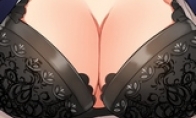
The new screenshot of the be
2025-01-28 09:18:57
The 15th anniversary wallpap
2025-01-28 09:18:27
3DM Xuanyuan Sinicization Gr
2025-01-28 09:17:57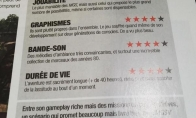
French magazine is the first
2025-01-28 09:17:27
The sneak game "Republic" wi
2025-01-28 09:16:57
The story between humans and
2025-01-28 09:16:27
Capture "Trinity 3: Artifact
2025-01-28 09:15:27
Wind direction change "Myste
2025-01-28 09:14:57
DICE's new project "Dream" w
2025-01-28 09:14:27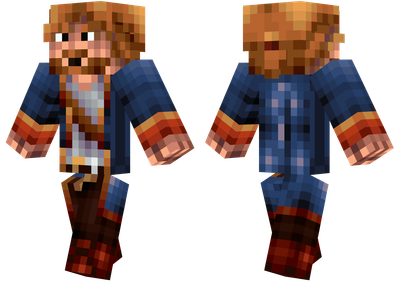
Pirate Minecraft Skins
Minecraft Skins
2024-12-10 04:11:27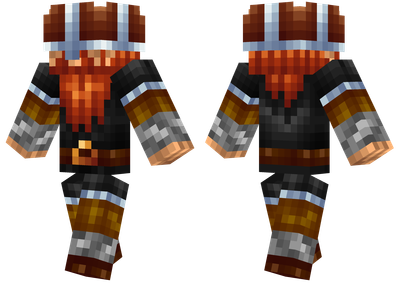
Pirate Minecraft Skins
Minecraft Skins
2024-12-10 04:11:26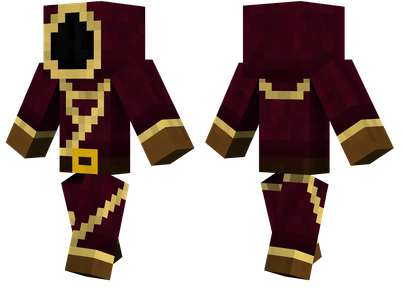
Master Minecraft Skins
Minecraft Skins
2024-12-10 04:11:25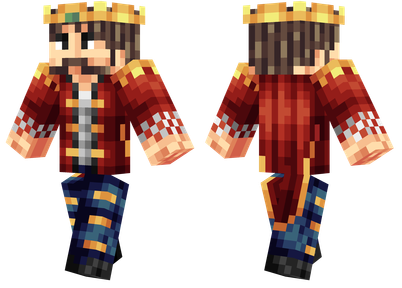
King Minecraft Skins
Minecraft Skins
2024-12-10 04:11:25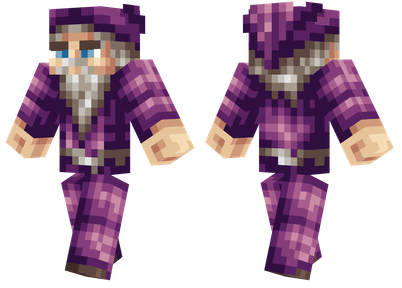
Guide Minecraft Skins
Minecraft Skins
2024-12-10 04:11:24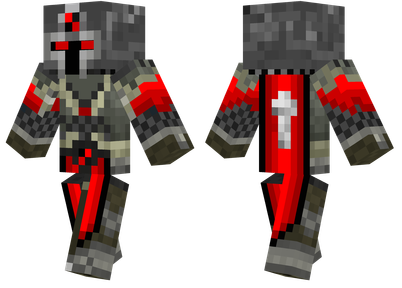
Dark Knight Minecraft Skins
Minecraft Skins
2024-12-10 04:11:23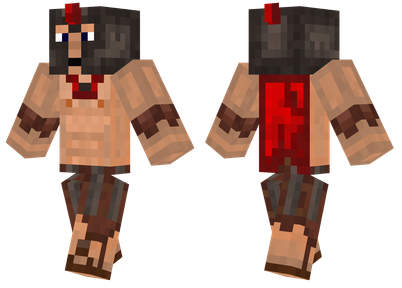
Sparta Minecraft Skins
Minecraft Skins
2024-12-10 04:11:23
Moncraft Skins of the War
Minecraft Skins
2024-12-10 04:11:22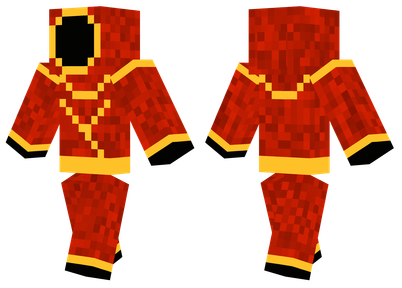
Red Witch Minecraft Skins
Minecraft Skins
2024-12-10 04:11:22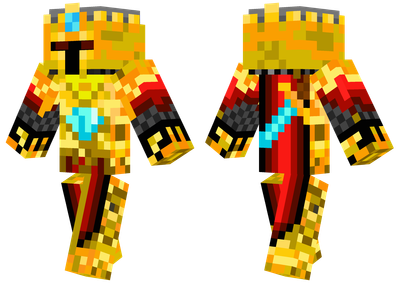
Golden Cavaliers Minecraft S
Minecraft Skins
2024-12-10 04:11:22